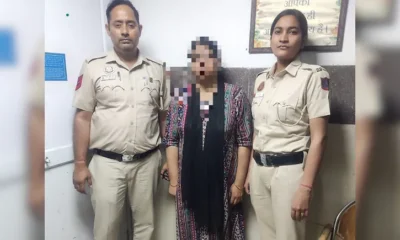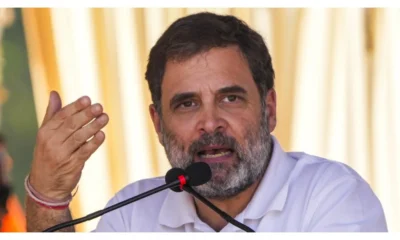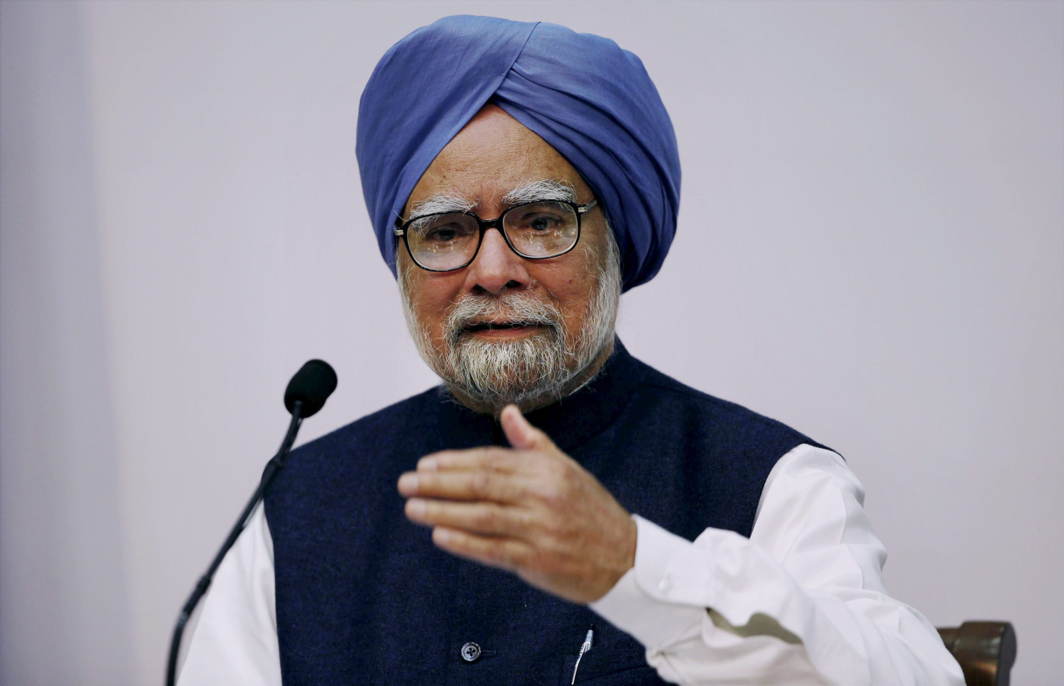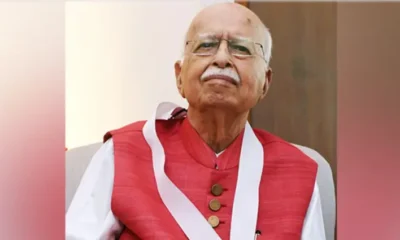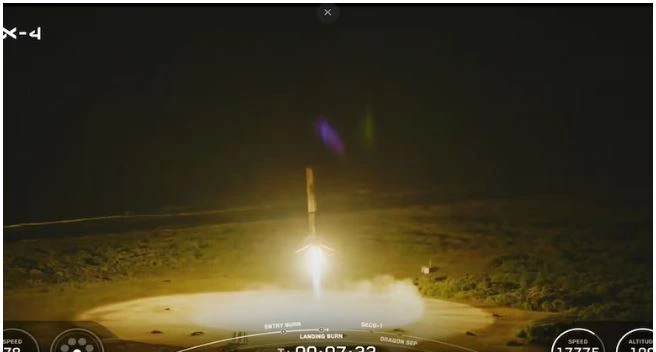[vc_row][vc_column][vc_column_text]By Dinesh C Sharma
Over 1.4 million lives are lost in road accidents in India every year and, for every death, many more are severely injured or permanently disabled. While it is critical to enforce road safety norms, improve road engineering design and implement ban on alcohol sale on highways, improving quality of trauma care can go a long way in saving lives not just due to road accidents but also other types of traumatic events.
Trauma care scientists in India and Australia, working jointly for the past four years, are confident the casualties can be reduced substantially through simple steps like better data collection and notifying hospitals before patients arrive.
Significant steps towards this have already been taken and are promising good results. India’s first multi-centre trauma registry has gone live a few weeks back and this experience would pave the way for developing a national trauma registry.
A registry is not just registration of injured coming to trauma centres or ‘injury surveillance’, but a database containing full spectrum of care for every patient. Over a period of time, such data can reveal how trauma centres are responding to the injured and how they can improve quality of care to save lives.
“If we know that we do to with patients when they arrive, it will help us improve patient care,” explained Dr Joseph Mathew, a trauma care consultant at the Alfred Trauma Service and National Trauma Research Institute (NTRI) in Melbourne. Trauma care is complex, often involving multiple disciplines within a hospital and external players in public and private sectors. Registries can help improve coordination and delivery of care to patients.
The unified registry which has been established at the Jai Prakash Narain Apex Trauma Centre at the All India Institute of Medical Sciences (AIIMS) in New Delhi, connects trauma centres at three other hospitals – Guru Teg Bahadur Hospital (New Delhi), Seth V S General Hospital (Ahmedabad) and Lokmanya Tilak Municipal General Hospital (Sion, Mumbai). The registry has already captured data about 4500 trauma patients from four centres.
“We have demonstrated feasibility of setting such a unified registry and this can serve as a template for developing a national trauma registry,” said Dr Mathew. The registry is one of the main projects of the Australia India Trauma System Collaboration (AITSC) initiated in 2013. It is jointly funded by India’s Department of Science and Technology (DST) and Australia’s Department of Industry, Innovation and Science.
“The trauma registry at JPN Apex Trauma Centre helped us realise the importance of ‘golden hour’ concept. We were taking almost three hours in emergency department for resuscitation and stabilisation of trauma patients. By performing ‘trauma audit’ using data from the registry, we identified the gaps and once we bridged those gaps, we could reduce the emergency department (ED) time from 3 hours to 30 minutes,” explained Dr Mahesh Chandra Misra, former head of J P N Apex Trauma Centre, and co-team leader of AITSC.
Dr Misra said a national registry should be established in India soon. “We need to establish hospital-based trauma registries as soon as possible and network all trauma care facilities to generate good data. It is already late.”
Scientists have also developed a system for pre-hospital notification so that a trauma centre is ready before a seriously injured patient arrives at the centre. Pre-hospital notification is communication sent by emergency staff from ambulance to a receiving hospital while the injured person is on the way. For this a mobile app – named Soochana – has been developed. “No such system of pre-hospital notification existed in India till this app,” said Dr Misra.
The app is used by a designated person in trauma centre to receive the notification and relay the same information to selected doctors and departments within the centre so that they are ready when the injured arrives. This is called ‘trauma team activation’. “It is a like pitstop in car racing. Everyone is ready when a trauma patient arrives,” notes Dr Mathew. Pre-notification alone can save number of lives.
Another mobile app has been developed to help in rehabilitation of patients after they are discharged. Trauma patients need post-hospital treatment, care and support for a long time. In many places rehabilitation facilities are not available. In such cases, people could be helped via the mobile app. A clinical trial is underway to evaluate effectiveness of the intervention.
The Australian model of trauma care is much sought after globally. Australian trauma experts have also been approached by some state government in India to develop trauma plans for their respective states, but progress is very slow. “A state like Uttar Pradesh with population of over 200 million has just one ‘level 1’ trauma centre. It needs at least 8 such centres,” pointed out Dr Mathew.
“We were, 20-30 years ago, in the same situation as India is today. Four of my cousins died in car accidents. Now we have demonstrated how simple steps can save lives. Integrated trauma systems ensure that right person goes to right centre at right time,” said Dr Mark Fitzgerald, Director of NTRI and team leader of the joint programme.
“We have been able to bring down mortality due to traffic accidents by 62 percent. About 450 to 500 people die in India every day in road accidents. At least 75 percent of them can be saved by improving quality of trauma care and response,” summed up Dr Mathew. (India Science Wire)[/vc_column_text][/vc_column][/vc_row]


 India News16 hours ago
India News16 hours ago
 Latest world news16 hours ago
Latest world news16 hours ago
 India News9 hours ago
India News9 hours ago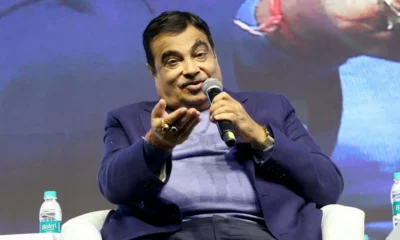
 India News12 hours ago
India News12 hours ago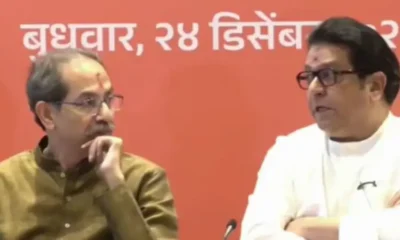
 India News12 hours ago
India News12 hours ago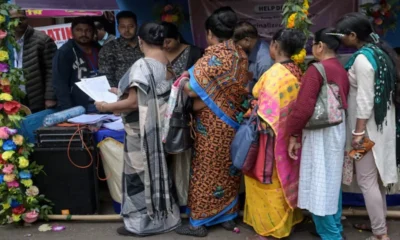
 India News16 hours ago
India News16 hours ago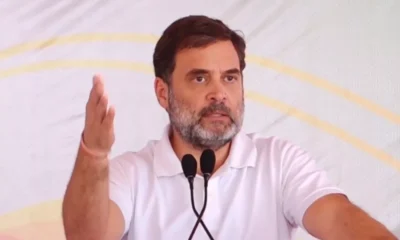
 India News8 hours ago
India News8 hours ago
 India News7 hours ago
India News7 hours ago
